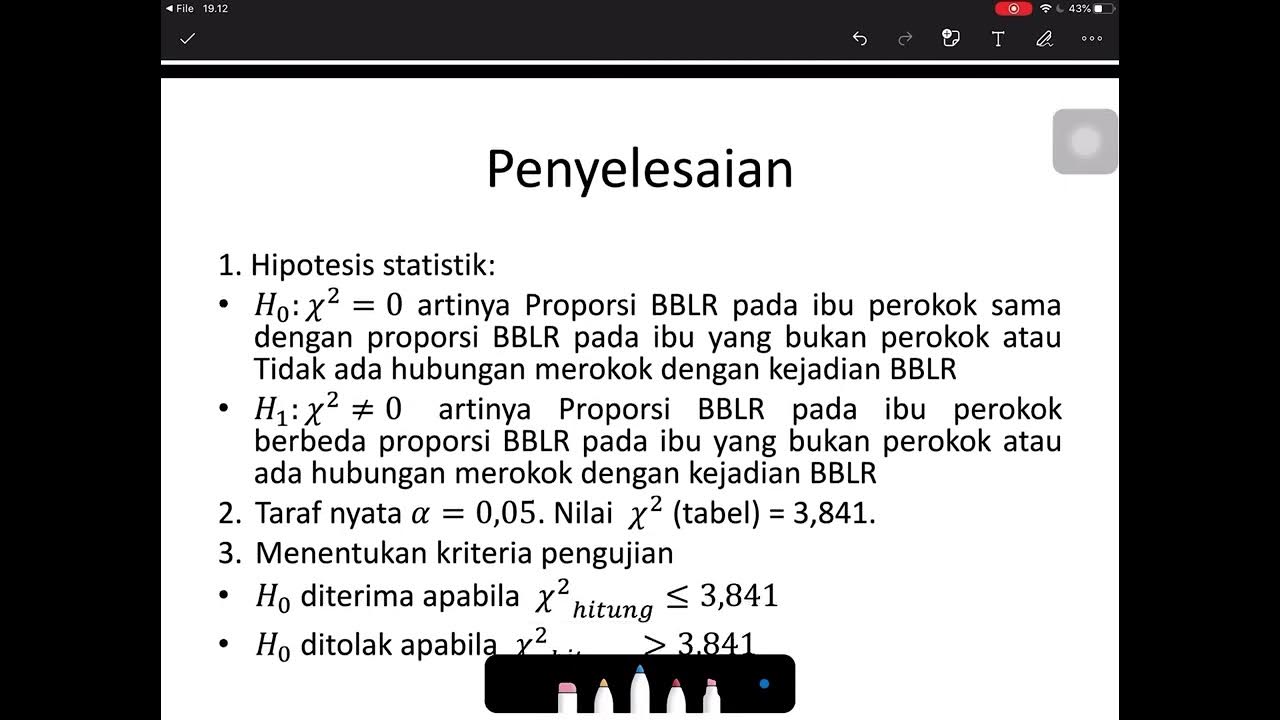The 30 Degree Rule in Filmmaking | Kaicreative | Tips
Summary
TLDRIn this video, Chi from Chi Creative explains the 30-degree rule in filmmaking, which ensures smooth transitions between camera angles of the same subject. By moving the camera at least 30 degrees between cuts, filmmakers avoid distracting jump cuts that can take viewers out of the scene. Chi shares practical examples from a recent conference shoot, discussing techniques to maintain quality and seamless cuts, even with a single camera. He emphasizes the importance of this rule in both interviews and b-roll, inviting viewers to engage further with filmmaking content.
Takeaways
- 🎥 The 30-degree rule in filmmaking requires that the camera be moved at least 30 degrees between cuts of the same subject.
- 🔄 Failure to adhere to the 30-degree rule results in jump cuts, which can distract viewers.
- 🎤 The rule is particularly important in interview setups to ensure seamless transitions between camera angles.
- ✈️ Filming multiple interviews with a two-camera setup should maintain at least a 30-degree angle difference.
- ⚠️ Breaking the 30-degree rule can create noticeable jump cuts that detract from the viewing experience.
- 🛠️ To fix jump cuts, one can scale up and slightly shift the safety shot, though this may reduce quality.
- 📸 If space is limited, shooting in the same direction and zooming in can help avoid jump cuts.
- ⏳ For single-camera interviews, re-shooting from a different angle after the initial shoot can be a viable but time-consuming option.
- 🖥️ Filming in 4K allows for cropping in post-production to maintain quality while changing angles.
- 🌟 The 30-degree rule also applies to b-roll footage to avoid jump cuts, emphasizing the importance of varied camera angles.
Q & A
What is the 30 degree rule in filmmaking?
-The 30 degree rule states that when cutting between two angles of the same subject, the camera must move at least 30 degrees between cuts to avoid jump cuts.
What happens if the 30 degree rule is not followed?
-Failing to follow the 30 degree rule results in jump cuts, which can distract viewers by drawing their attention away from the content.
Why is the 30 degree rule particularly important in interviews?
-In interviews, adhering to the 30 degree rule helps maintain a seamless visual flow, making the editing less noticeable and keeping viewers engaged.
How can you avoid jump cuts in a multi-camera setup?
-To avoid jump cuts, ensure that the cameras are positioned at least 30 degrees apart when filming the same subject.
What is one method to fix a jump cut after filming?
-One way to fix a jump cut is to scale up the safety shot and slightly shift its position, though this may reduce video quality.
Can you use one camera to film multiple angles?
-Yes, you can film the entire interview from one angle, then conduct it again from a different angle that is more than 30 degrees away.
How does filming in 4K help with the 30 degree rule?
-Filming in 4K allows you to crop the footage down to 1080p in post-production, enabling you to create different angles without losing quality.
What is the rule of threes in filmmaking?
-The rule of threes involves changing the camera angle by at least 30 degrees to avoid jump cuts while filming b-roll or other footage.
What can be done if there isn’t enough space to move the camera 30 degrees?
-If space is limited, shoot in the same direction and zoom in sufficiently on your subjects to help avoid jump cuts.
How does Chi suggest to engage with his content?
-Chi encourages viewers to comment for more content ideas, subscribe to his channel, and interact with his videos by liking them.
Outlines

Cette section est réservée aux utilisateurs payants. Améliorez votre compte pour accéder à cette section.
Améliorer maintenantMindmap

Cette section est réservée aux utilisateurs payants. Améliorez votre compte pour accéder à cette section.
Améliorer maintenantKeywords

Cette section est réservée aux utilisateurs payants. Améliorez votre compte pour accéder à cette section.
Améliorer maintenantHighlights

Cette section est réservée aux utilisateurs payants. Améliorez votre compte pour accéder à cette section.
Améliorer maintenantTranscripts

Cette section est réservée aux utilisateurs payants. Améliorez votre compte pour accéder à cette section.
Améliorer maintenantVoir Plus de Vidéos Connexes

12 CAMERA ANGLES to Enhance Your Films

The 180 Degree Rule in Film (and How to Break The Line) #180degreerule

Using Powerful Camera Angles and Shots for Filmmaking

I Experienced CHI Force

Ultimate Guide to Camera Angles: Every Camera Shot Explained [Shot List, Ep. 3]

Uji Chi Square (Contoh soal dan penyelesaian)
5.0 / 5 (0 votes)
